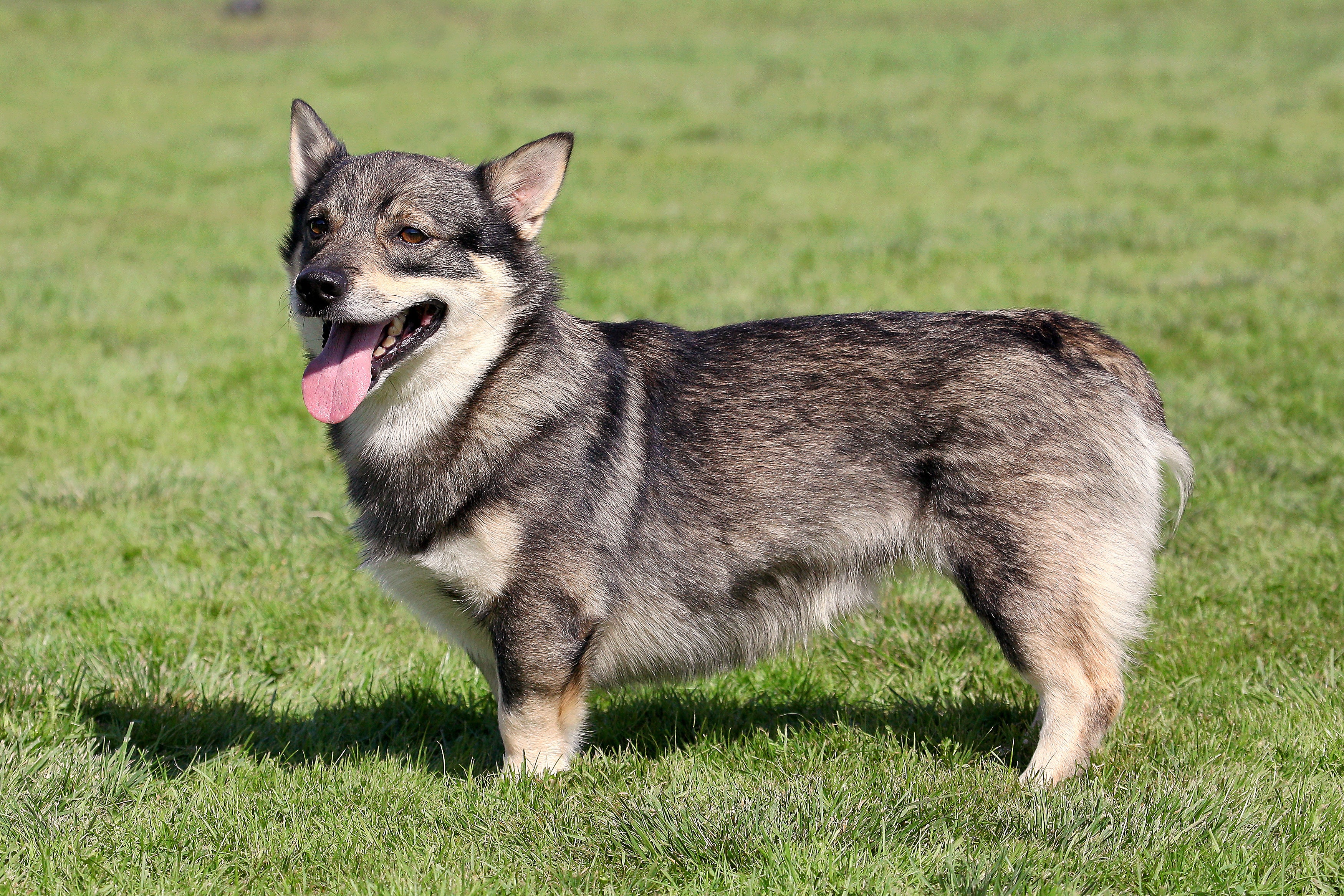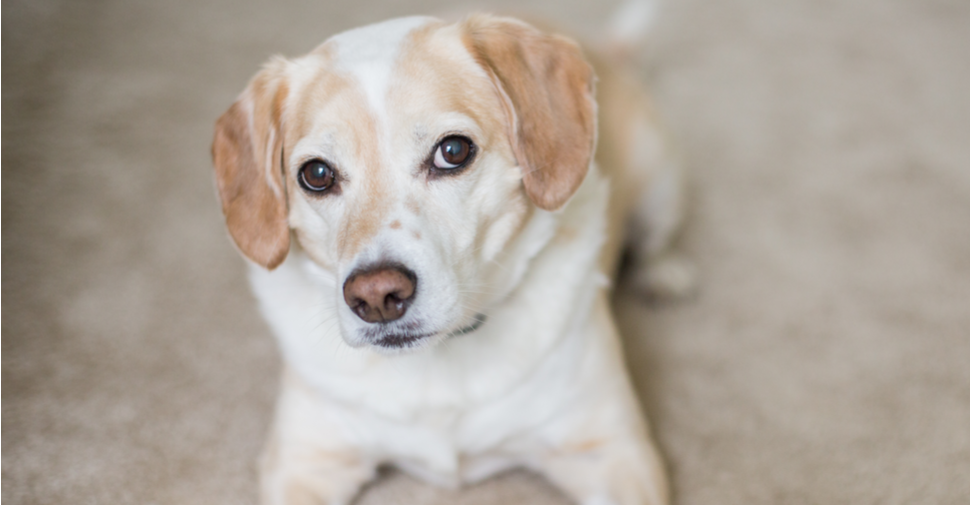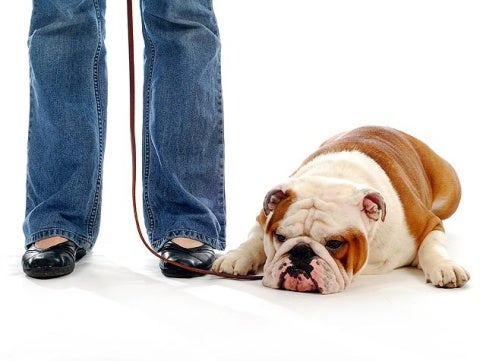Swedish Vallhund
Good things come in the small and sturdy package of the Swedish Vallhund. This spitz breed has an intelligent and curious face with strongly pricked ears and tails that are stubbed, bobbed, or long. A short, thick coat comes in myriad colors, sometimes with white markings. Used for centuries as farm dogs, they are versatile and hardy, with plenty of curiosity and spirit.
Breed characteristics carousel
Learn More
Need to Know
- Dog suitable for owners with some experience
- Extra training required
- Generally healthy breed
- Enjoys active walks
- Medium dog
- Minimal drool
- Requires regular grooming
- Chatty and vocal dog
- Barks and alerts to visitors/anything unusual
- Could have issues with unknown dogs but gets along with known dogs
- May need additional training to live with other pets
- May need additional supervision to live with children
- Needs a large yard, either in suburban or rural areas
- Can be left alone occasionally with training
- AKC Registered Breed

Personality
Confident despite its small stature, the Swedish Vallhund is an energetic, versatile, and agile farm dog. They are playful but can settle and be mellow when they need to be. Quick learners but independent thinkers, they need a little extra motivation when it comes to obedience. They can be borderline too curious, sweet but not clingy, and friendly with other dogs and animals. They are good with children but might want to nip the heels of small children to herd them. Used as watchdogs for centuries, they do bark to alert.
Sometimes referred to as “the little Viking dog,” the Swedish Vallhund is a Spitz breed used as hardy farm dogs for centuries, possibly as far back as the Viking age. Cattle herders and protectors, they were also used as vigilant watchdogs and still retain those instincts today. By 1942 they were almost extinct, but the breed was brought back from the brink. In Sweden, their name was changed in 1964 to Västgötaspets, named after the Swedish province Vastergotland where the breed was revived. The first Vallhunds came to the United States from England in 1983.
Ideally, owners will have experience training and living with Spitz breeds. The Swedish Vallhund requires a lot of walking or off-leash playtime, plus dedicated time to training. Because the dogs are intelligent but independent, they might need a little extra motivation when it comes to obedience. While they don’t need large homes, they do need plenty of space to run and play. Child-free homes or those with older children are better fits than those with younger kids.
Small but mighty, this working dog needs exercise and mental stimulation to be happy. They are versatile and capable of many tasks beyond herding such as agility courses, hoopers, main-trailing, and dog sports.
While not a large dog, the Swedish Vallhund breed does need a good-sized yard for exercise. They can bark and love to herd, so it’s best that they’re in quieter more rural or suburban areas where they can be farther away from neighbors. If leash walking, they’ll appreciate varied routes and additional off-leash play spaces.
The dog’s dense and soft undercoat and harsh topcoat only need brushing through on occasion.
Smart but independent thinkers, Vallhunds will need to work with their owners on obedience. Consistency and positive reinforcement are the name of the game. Recall is important; despite their short legs, they are fast and have the stamina to keep running if they see something they are interested in. Socialization with people and other animals is important, as is the ability to teach them to herd only on request. They should also be taught to settle.
If your family is active, the Swedish Vallhund breed can make an excellent family companion pet. They are working dogs and love moving people and animals around, potentially nipping at small children who they are trying to herd. They do best in families with older or no children.
The cost of a Swedish Vallhund from a breeder is significantly more than the cost of adopting one from a local shelter or rescue. The adoption fee usually covers additional items such as spaying or neutering, vaccines, and microchipping.

Learn more about feeding and caring for your Swedish Vallhund on Purina.
Did You Know?
- Vallhunds have been trained to sniff out valuable truffles.
- For a relatively unknown breed, the Swedish Vallhund has made several appearances on postage stamps in countries like Mali, Nicaragua, Ukraine, Russia, and Sweden.


